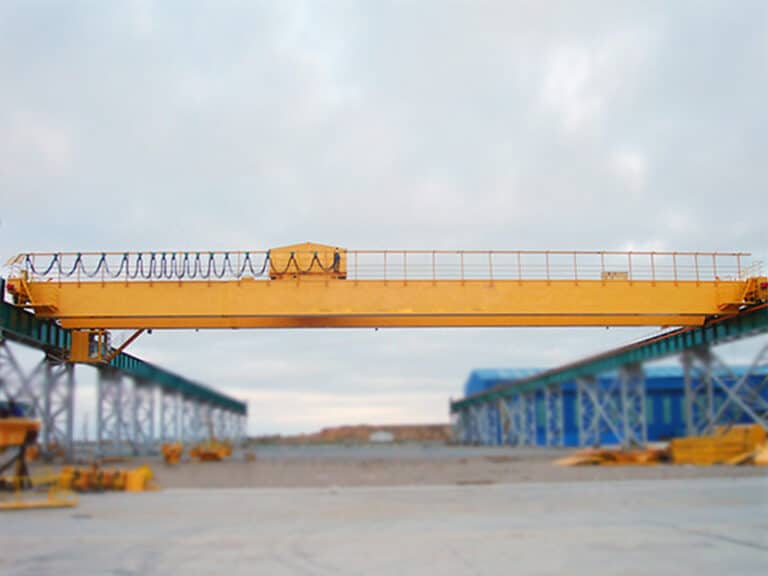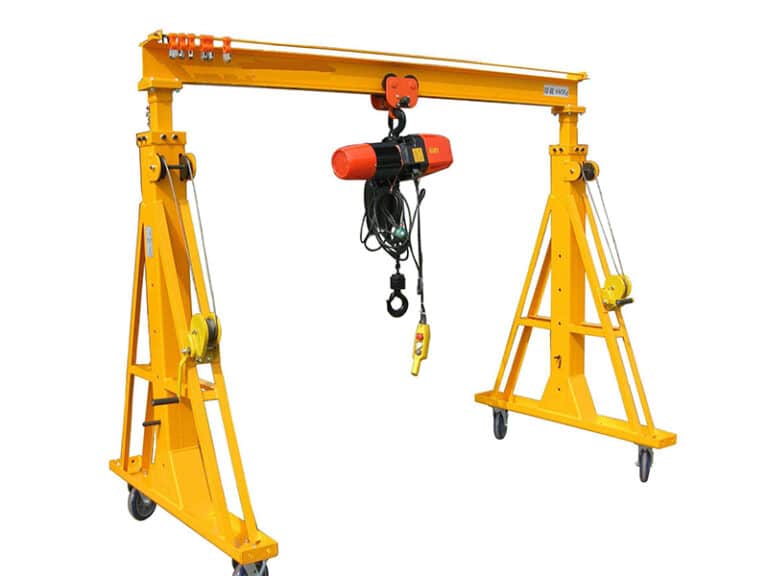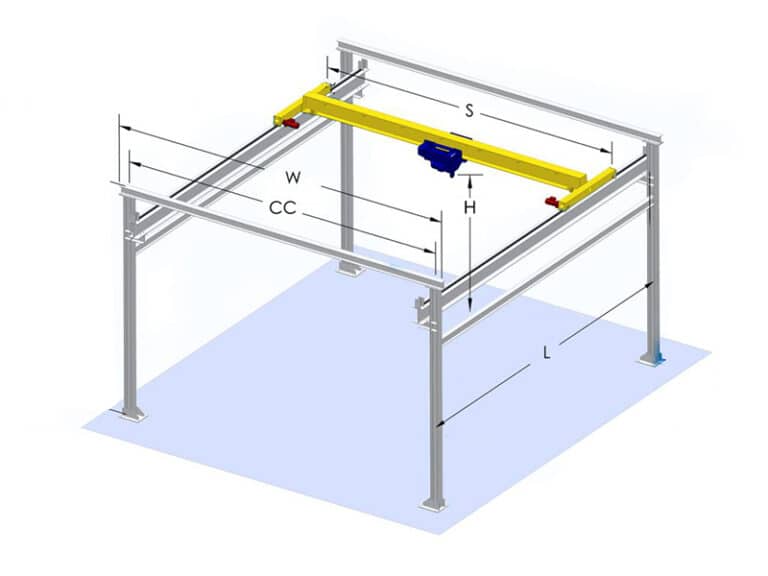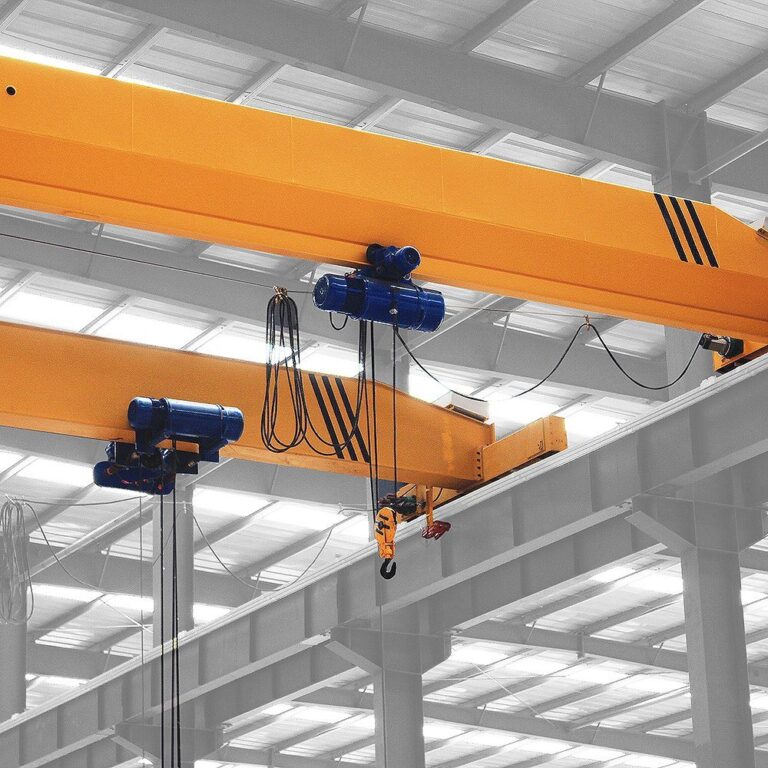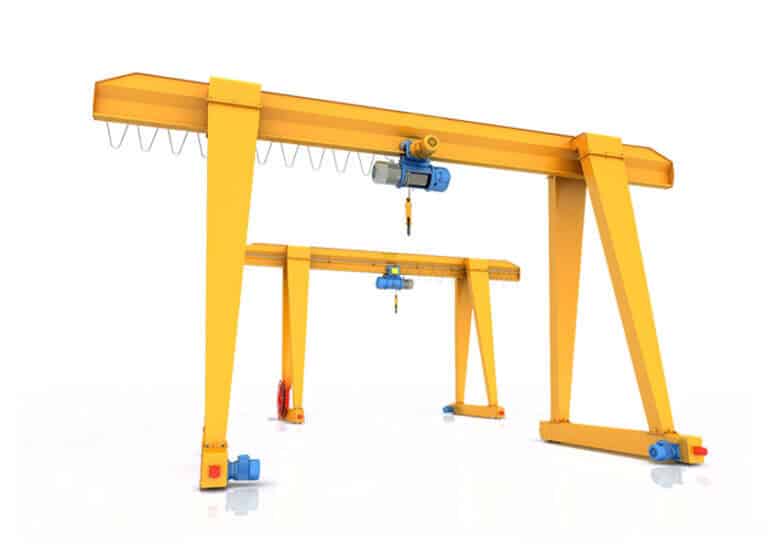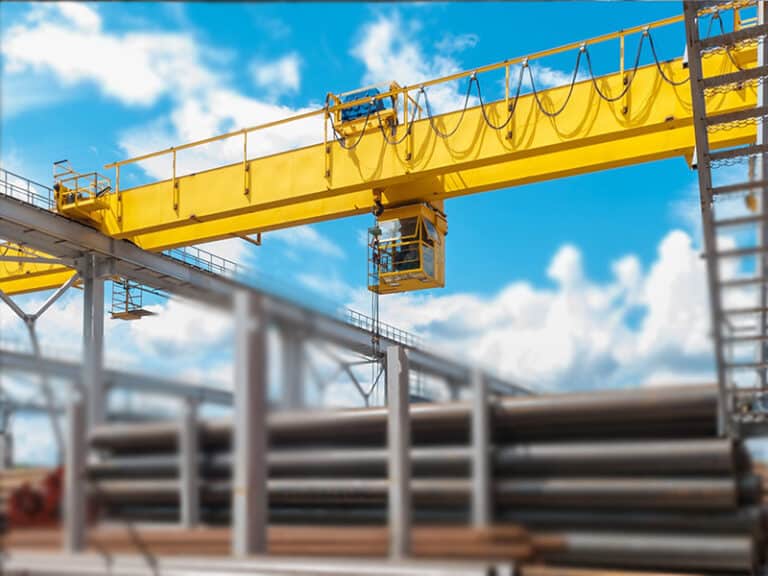A Girder overhead crane, also known as a bridge crane or simply a crane, is a type of crane that consists of parallel runways with a moving bridge that spans the gap between the runways. This type of crane is used to lift and move heavy loads, such as raw materials, finished products, and machinery, in a variety of industrial and manufacturing settings.
The main components of a girder overhead crane include the bridge, trolley, hoist, and end trucks. The bridge, which is mounted on top of the runways, is the structure that supports the trolley and hoist. The trolley, which travels along the bridge, carries the hoist and the load. The hoist, which is attached to the trolley, lifts and lowers the load. The end trucks, located at each end of the bridge, support the bridge and allow it to move back and forth along the runways.

Girder overhead cranes come in a variety of designs and capacities, from small, single-girder cranes used in maintenance and repair shops to large, multi-girder cranes used in steel mills and shipyards. The capacity of a crane is determined by its maximum weight capacity and its lifting height, and it is important to choose a crane that is capable of handling the specific weight and height requirements of the loads that it will be lifting.
Girder overhead cranes are typically powered by electric motors and are controlled by an operator using a control panel. The crane operator can use the control panel to move the crane back and forth along the runways, raise and lower the hoist and the load, and to move the trolley along the bridge. Some cranes also have safety features, such as limit switches, preventing the crane from exceeding its weight capacity or overloading the hoist.

There are several advantages to using a girder overhead crane in an industrial or manufacturing setting. One of the main benefits is increased efficiency and productivity, as the crane allows workers to move heavy loads quickly and easily, reducing the time and effort required to complete tasks. Additionally, overhead cranes are often more versatile than other types of lifting equipment, as they can be used to lift and move loads in a variety of directions and to reach high places that may be difficult to access with other types of equipment.
Another advantage of girder overhead cranes is their ability to improve worker safety by reducing the risk of injury associated with the manual handling of heavy loads. Cranes also reduce the risk of damage to the loads being lifted, as they are designed to handle heavy weights and can be operated more precisely and accurately than other types of lifting equipment.
In conclusion, girder overhead cranes are an essential tool for many industrial and manufacturing operations, and their versatility, efficiency, and safety benefits make them a valuable investment for any business that needs to lift and move heavy loads. Whether you are looking for a small crane for a maintenance shop or a large crane for a steel mill, there is a girder overhead crane available to meet your needs and help you get the job done.

